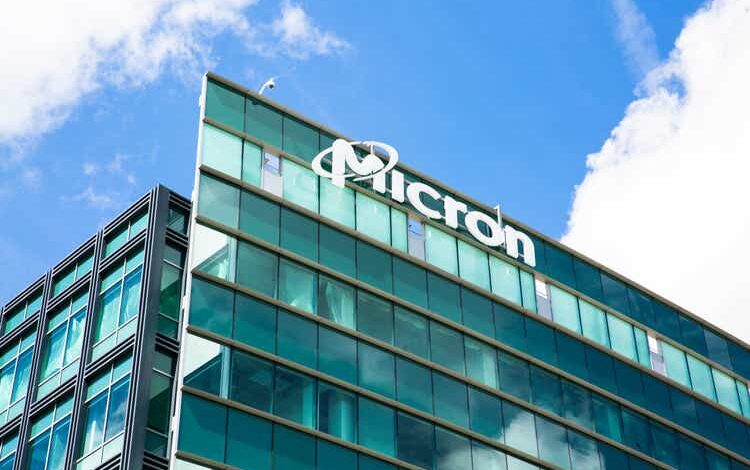Micron is likely to gain share in one important area of artificial intelligence

vzphotos
Micron Technology (NASDAQ:MU) has been one of the beneficiaries of the artificial intelligence boom, as increased spending, coupled with the broader rebound in the memory market, has ushered in a near 100% gain in the stock over the past 12 months.
The good times may continue as the Boise, ID.-based Micron may gain share in high bandwidth memory, Mizuho Securities said.
Following a meeting with Micron’s leadership, including Chief Financial Officer Mark Murphy and Chief Technology Officer Scott DeBoer, Mizuho believes that Micron is ramping up its HBM3E (High Bandwidth Memory 3E) offering with 30% less power than the competition. Amid increased concerns about AI’s power consumption, this could drive share gains for Micron, the investment firm said.
Seeking Alpha contributor and analyst Robert Castellano recently upgraded Micron to Buy due to its ability to market its HBM3E package to Nvidia (NVDA).
HBM3E is the fifth-generation of high-bandwidth memory, and Mizuho believes it is now a “2 horse race” between Micron and South Korea’s SK Hynix. With HBM supply tight amid Nvidia’s ever-growing needs, it bodes well for Micron, Mizuho said.
“We believe potential yield issues stack height bonding delays on its 1-alpha HBM3e at a key supplier, position MU and Hynix to gain share on HBM3e for B100/B200/GB200 platforms driving a solid MU roadmap to ~25% share in 2025E from ~5% today,” the analysts wrote.
The analysts reiterated their Buy rating on Micron and bumped their price target to $150 from $130 on the back of higher memory price estimates.
Micron, which started mass production of its HBM3E chips in February, is likely sold out of high bandwidth memory for 2024 and the “majority of 2025,” Mizuho analysts said. And with the broader industry remaining “tight,” supply is likely to be at a minimum, pushing prices higher.
The next version of high-bandwidth memory, HBM4, could wind up needing chip-on-wafer-on-substrate, or CoWoS-L, from Taiwan Semiconductor (TSM) as stack height standards for processors are relaxed.
Micron is using a technology known as Thermo-compression Nonconducting Film, which it believes has helped improve packing density, along with thickness consistency and faster specifications, smaller bumps and better spacing in the stack height compared to SK Hynix’s offerings, the analysts said.
“We believe MU could see Hybrid/3D bonding in commercial evaluation phase, potentially after HBM4, likely into 2027/28E,” Mizuho’s analysts wrote. This could help grow the HBM market by roughly 65% on a compound annual growth rate to between $17B and $18B by 2026, Mizuho analysts said.



